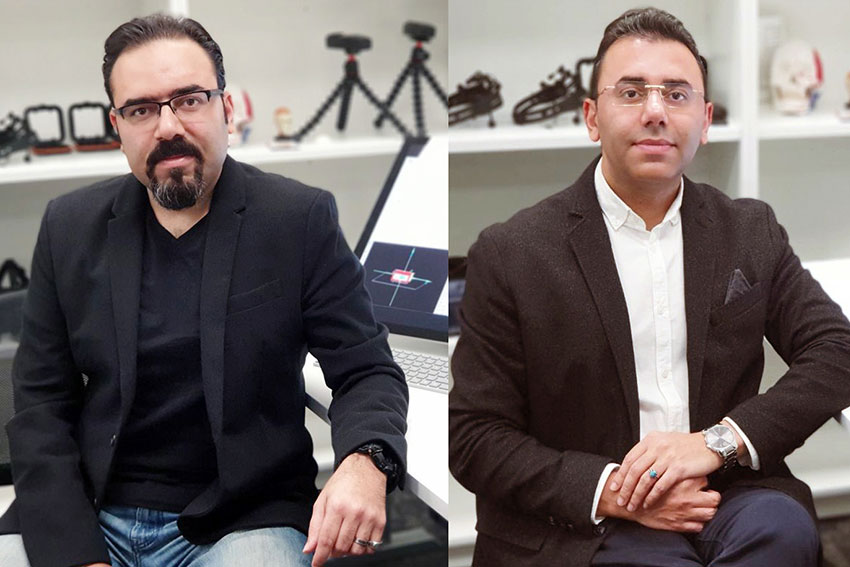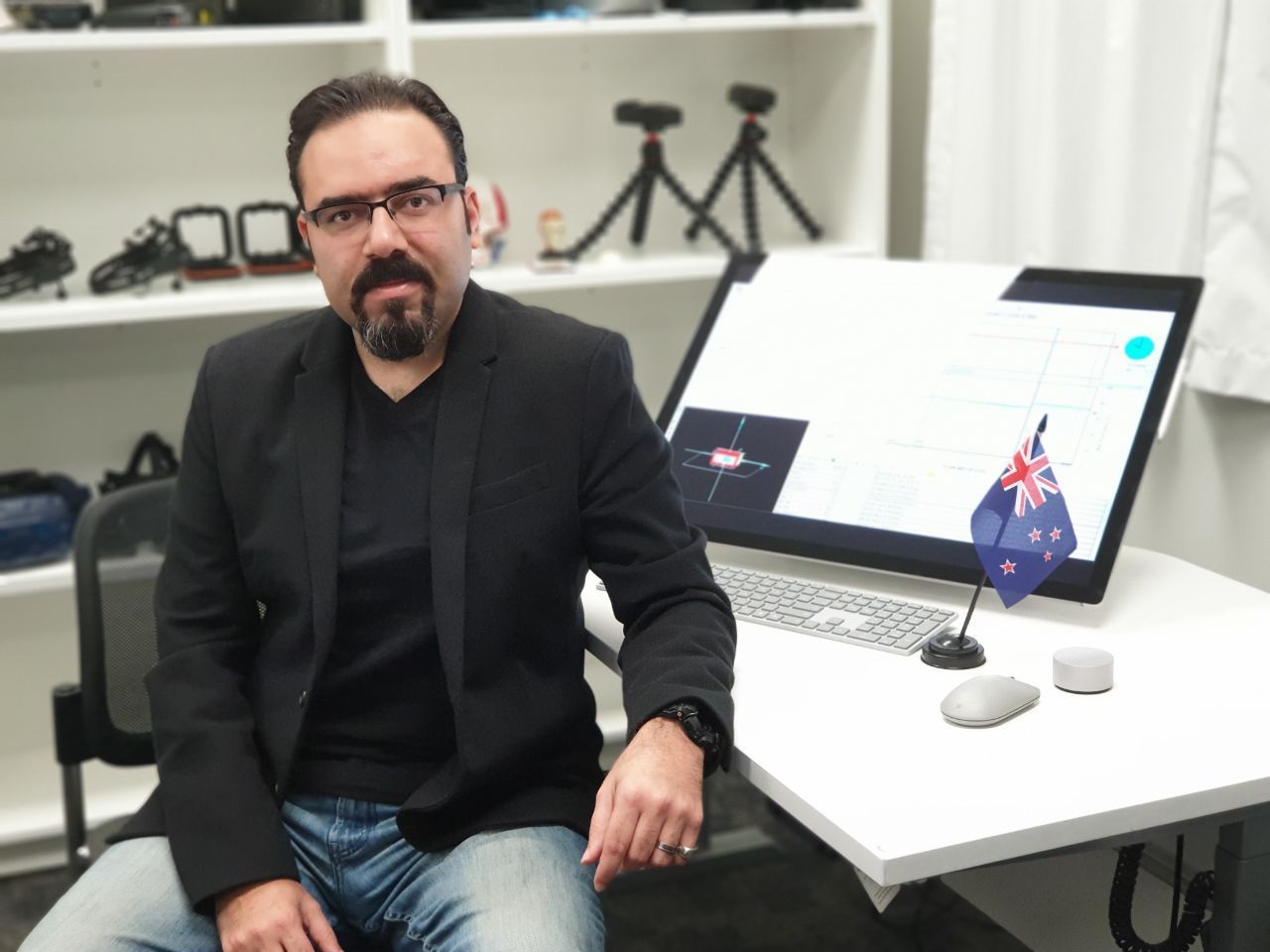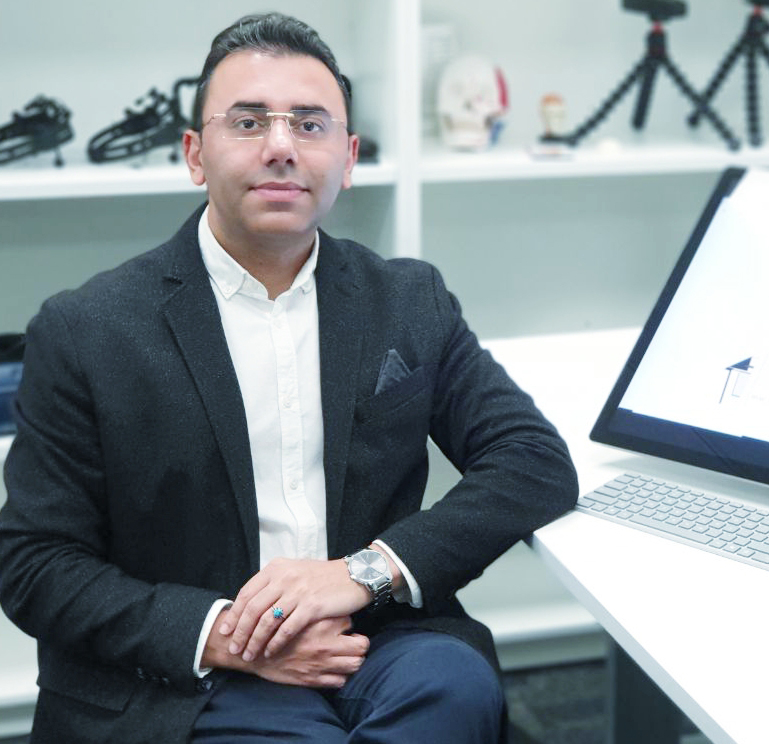New lab focuses on future environments

The new Architectural Engineering lab at AUT’s School of Engineering, Computer and Mathematical Sciences will allow researchers to apply the lens of future environments to some of the world’s biggest issues, using Auckland as a living lab.
The lab directors, Dr Ali Ghaffarainhoseini and Dr Amirhosein Ghaffarianhoseini, said the research projects being explored in the lab demonstrate the way architecture, design intelligence and future cities can become intertwined.
“Future buildings should not only become greener but also more intelligent based on the use of digital technologies. They should also become healthier from both physical and mental wellbeing viewpoints. We have been examining the current challenges of the building industry and how the potential of digital technologies, once incorporated with user-centered design, can be maximised for optimisation of future buildings to significantly contribute to the concept of smart cities,” says Amirhosein, the Head of Postgraduate Studies, Architectural Engineering at AUT.
Ali, the Programme Leader of the Bachelor of Engineering (Honours) in Architectural Engineering, believes the future of built environments lies within the hands of current young researchers. “With the rapid fusion of technologies into urban infrastructures, the significance of incorporating corresponding theories/practices into development of respective academic curricula is an essential factor to ensure that we won’t fall behind this swiftly-growing global trend.”
As part of the Faculty of Design and Creative Technologies' leading vision to recognise ‘design’ as a focal point of advanced interdisciplinary research, Ali and Amirhosein believe their current achievements and research implementations in the areas of future built environments at AUT house a transdisciplinary platform for defining more cutting-edge research projects both locally based on cross-faculty/university collaborations and internationally.

Ali Ghaffarainhoseini

Amir Ghaffarainhoseini
Useful links
- Architectural engineering at AUT
- Dr Ali Ghaffarianhoseini academic staff profile
- Dr Amirhosein Ghaffarianhoseini academic staff profile
- What is an intelligent building (academic article, Taylor & Francis Online website)
- Intelligent or smart cities and buildings (academic article, Taylor & Francis Online website)
- Find out about sick building syndrome (academic article, Taylor & Francis Online website)